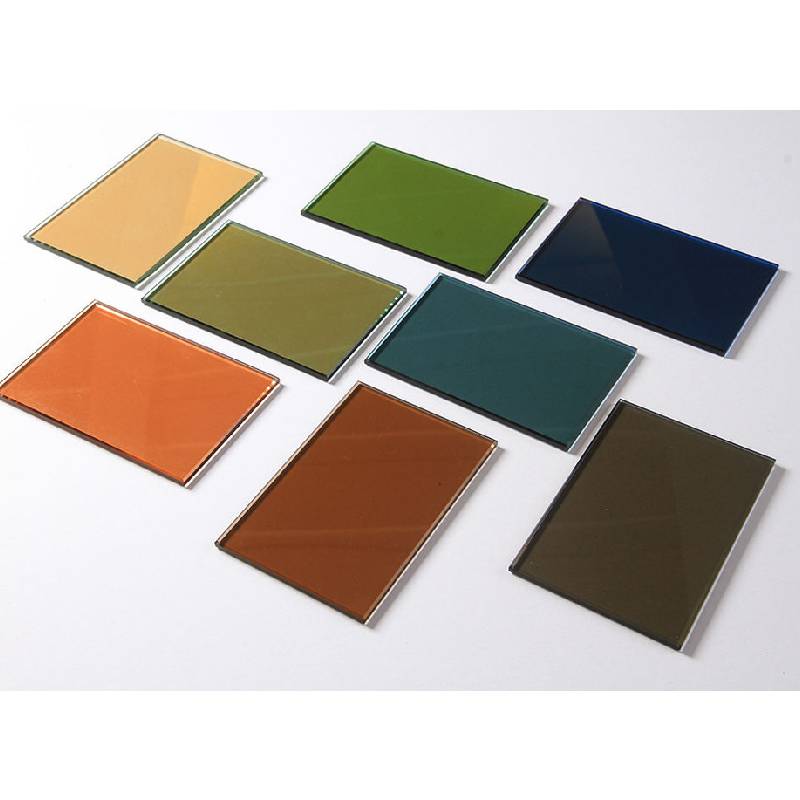

The Intricacies and Applications of Frosted Float Glass
Frosted float glass, a popular architectural material, offers a unique blend of aesthetics and functionality. This specialized type of glass, renowned for its semi-transparent quality, is created through a simple yet effective process that transforms ordinary clear glass into a frosted surface. Its versatility and practical applications make it a treasured choice for designers and architects alike.
At the core of its creation is the float glass process. Float glass starts with raw materials—silica sand, soda ash, and limestone—that are melted at high temperatures to form molten glass. This liquid glass is then poured onto a bed of molten tin, where it spreads out evenly, forming a flat surface. Once the glass has cooled down, it undergoes a frosted treatment, which usually involves sandblasting or acid etching. During sandblasting, a high-pressure stream of abrasive materials is directed at the glass surface, resulting in a smooth, frosted finish. Alternatively, acid etching utilizes a chemical process to create a similar effect. The end result is a beautifully textured surface that diffuses light, providing privacy while still allowing natural illumination.
The most significant appeal of frosted float glass is its ability to provide light diffusion and privacy without entirely obstructing visibility. This feature has made it an ideal choice in settings where privacy is necessary, such as in bathrooms, office partitions, and conference rooms. With frosted glass, individuals can enjoy a bright space that feels open and airy, while still maintaining a sense of security and seclusion.
Architecturally, frosted float glass is employed in numerous ways. Many contemporary buildings opt for frosted glass as part of their façade to create a striking visual impact while ensuring that the interior spaces are shielded from prying eyes. It can also be used for windows, doors, and skylights, allowing for the interplay of light and shadow that can enhance the overall ambiance of a space. The soft, diffused light produced by frosted glass contributes to a calming environment, making it an excellent choice for residential and commercial designs alike.

In addition to its aesthetic properties, frosted float glass is valued for its safety features. The glass can be manufactured to tempering standards, which increases its durability and resistance to breakage. This characteristic is especially important in high-traffic areas where accidents may occur. Furthermore, should the glass shatter, it breaks into small, blunt pieces rather than sharp shards, reducing the risk of injury.
Another significant advantage of frosted float glass is its ease of maintenance. The smooth surface resists dirt and smudges, making it a practical choice for locations where hygiene is a priority, such as healthcare facilities and kitchens. Cleaning is straightforward, requiring only a soft cloth and mild detergent, ensuring that it retains its clarity and aesthetic appeal over time.
The versatility of frosted float glass extends beyond functional applications; it is also a canvas for artistic expression. Designers can use color, patterns, and textures alongside the frosted finish to create unique, eye-catching pieces that reflect a brand’s identity or the ethos of a project. Custom designs can be etched or printed onto the surface, providing a personalized touch that enhances the overall design concept.
In conclusion, frosted float glass is more than just a building material; it is a fusion of form and function. Its ability to provide privacy while permitting the flow of natural light makes it an invaluable choice in modern design. As architects and designers continue to explore new applications for this resilient and aesthetically pleasing material, the possibilities are endless. Whether used in residential homes, commercial buildings, or artistic installations, frosted float glass remains a testament to the brilliance of contemporary architecture and design.